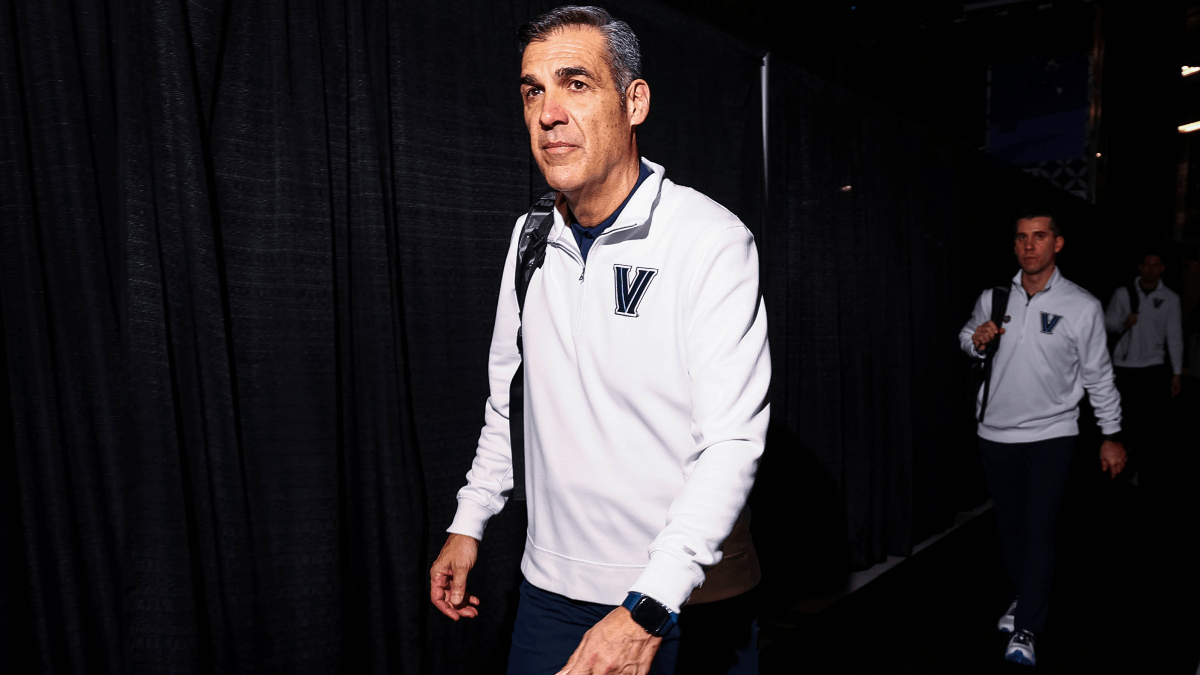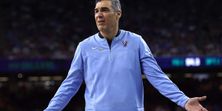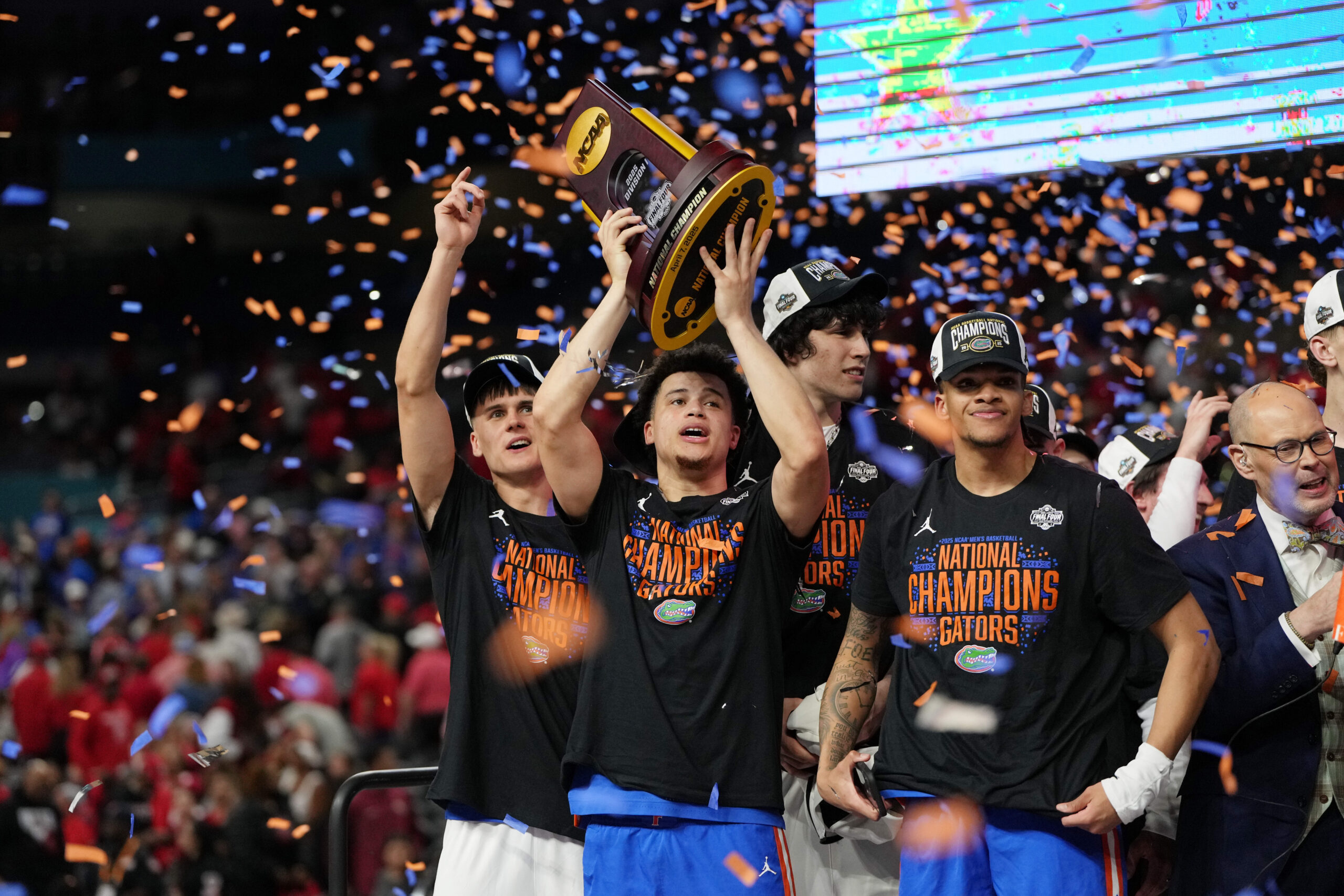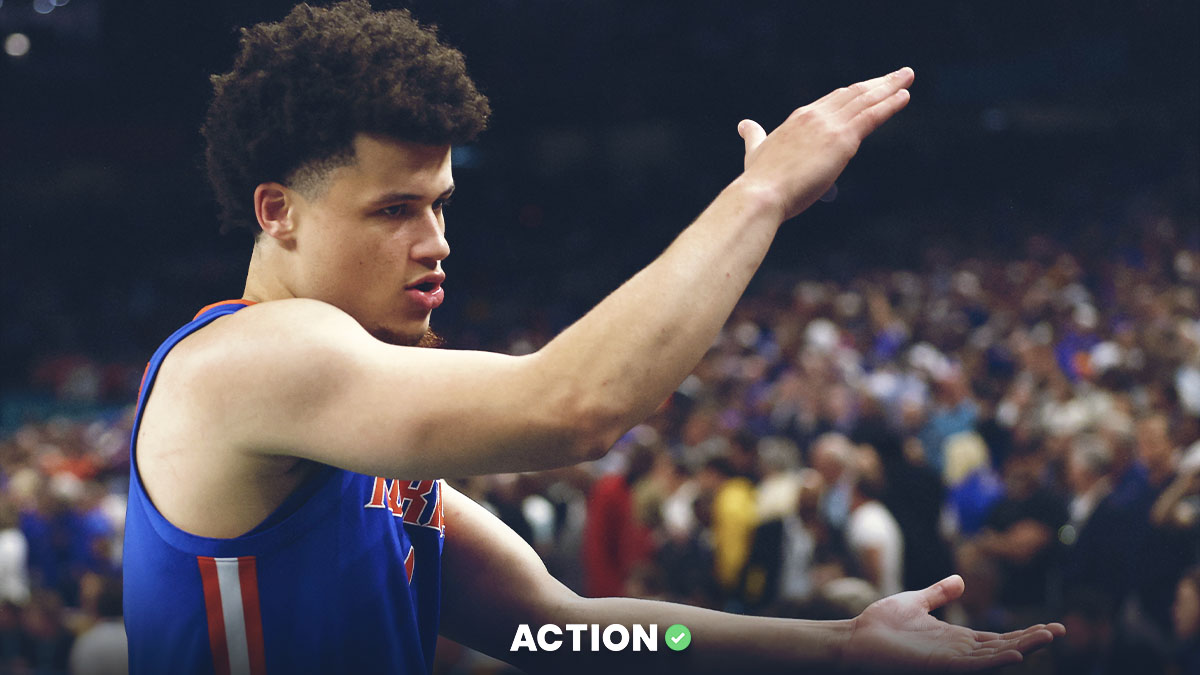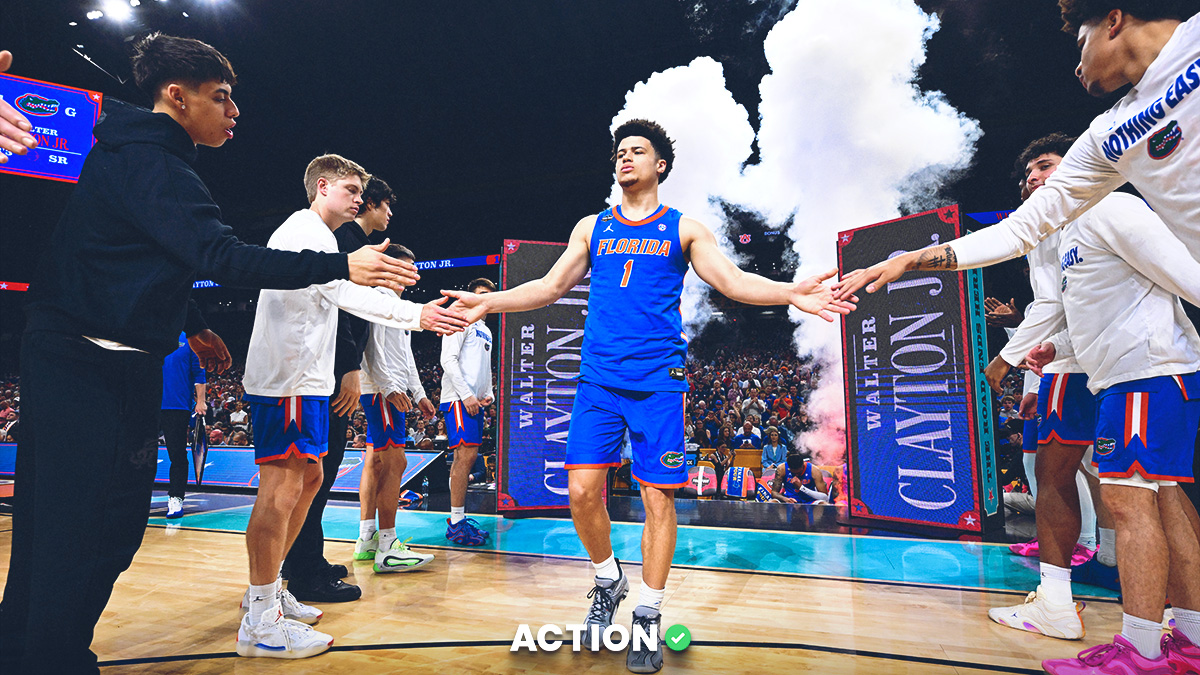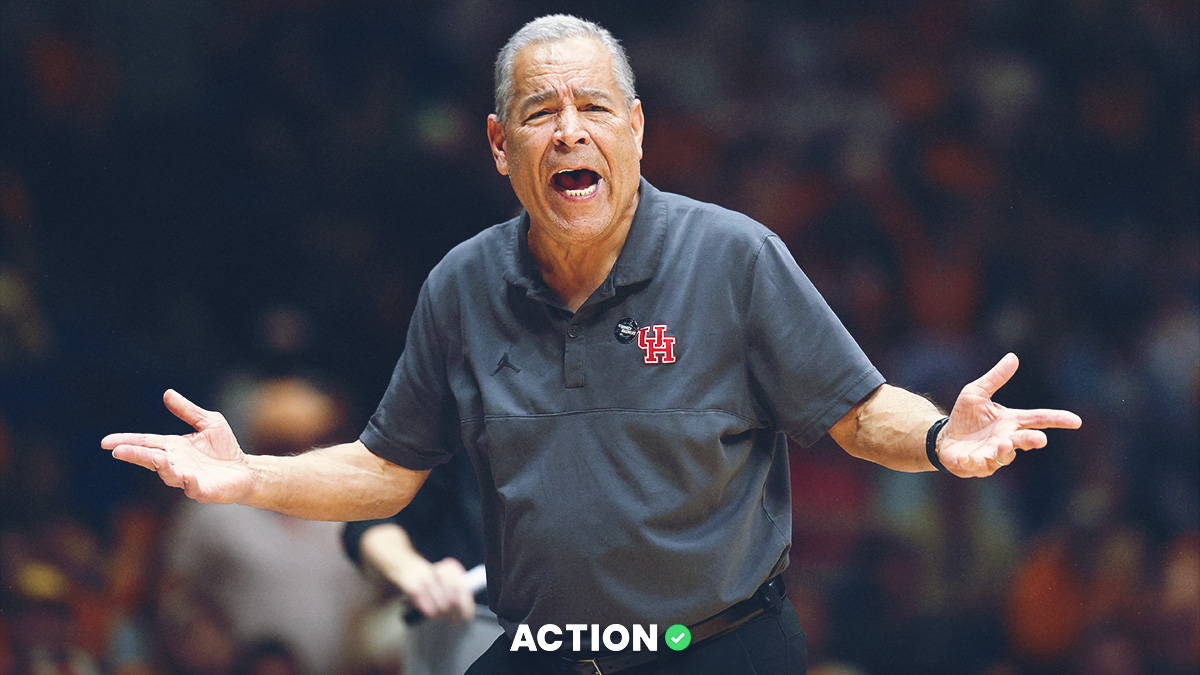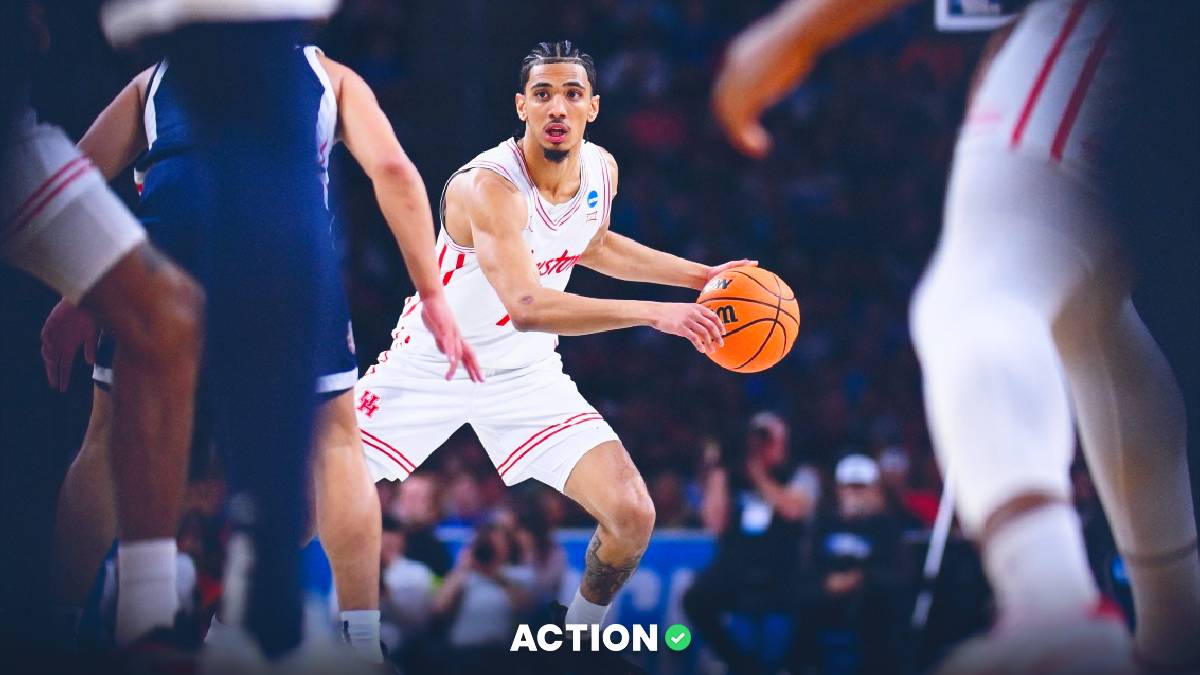Career-ending decisions are complicated ones, but when Villanova head men's basketball coach Jay Wright retired on Wednesday night, I had one thought.
The game outside the game is getting too complex for the older guard.
Fifteen years ago, one-and-done began, when the NBA made high schoolers ineligible for the draft and led to players attending college for a year to satisfy their eligibility. Some of the older coaches originally protested, but realized if they wanted the very best players, they had to accept basically renting players for a year was part of the game.
The transfer portal emerged three years ago, where players could tell all schools they were available, get recruited again and play right away.
And finally, this past July, we welcomed in name, image and likeness (NIL). Originally meant to allow college athletes to make money off their name, it quickly turned into a way for boosters to fund collectives to recruit and keep players.
Instead of companies going after athletes and using them for their businesses, booster organizations collected big pots of money to dole out — what the athlete would do for the money, most of the time, is TBA. In fact, most of the collectives, partly to deflect criticism from the act, have athletes getting paid for charity work.
For some coaches, NIL — or at least what is masquerading as — will be the final straw. Proponents of the "players should be paid" and "coaches shouldn't be the only ones making money" crowd will surely cheer.
But as we've seen Roy Williams, Mike Krzyzewski and now Jay Wright call it quits, it's worth talking about how much the job has changed in the last five years.
Because it's not hard to see that the game behind the game has changed so much that coaches who have been successful in the past aren't sure they can be in the future.
Although inducements to schools aren't allowed in NIL, it's happening.
Recruiting from the get-go has changed. Legendary coach, legendary program, but don't have a fully organized collective ready to make offers? It's possible you won't be able to compete in this world.
Whether you'll be able to even have a collective adequately backing you is based on how organized your boosters are and what your state says is allowed. Are boosters allowed to talk to the coach? The athletic director?
Then comes the transfer portal.
While the NCAA currently bars recruiting inducement by NIL (even though the organization seemingly hasn't had interest in doing anything) it doesn't mention anything about inducing a transfer through the transfer portal.
That player who your collective paid to show up at your school and play a year? There can't be any quid pro quo about the money being tied to playing. So after a great year, the player is off to take more money from someone else! Or it's that player you recruited without paying, developed and is now a star. That player wants money to stay or is going to explore the portal.
In the past, great coaches were equal parts recruiting kings and on-court decision-makers. The new-age coach has to be more of a synthesizer. He or she has to deal with boosters to make deals to score — and keep — players. The coach has to not only make players happy with playing time, but with the money they are being paid. And that makes the locker room dynamic even more difficult to navigate.
Sure, there will be some long-time coaches who are lifers, staying in the game for as a long as they can be because they know of nothing else. Jim Boeheim comes to mind. But as long as the transfer portal and NIL continue to evolve towards the student athlete, expect more of the older guard to retire sooner than ever before.

